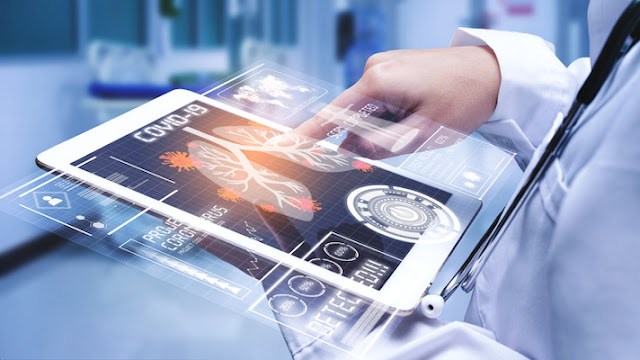Remote Patient Monitoring for Seniors: Supporting Aging in Place, Reducing Hospital Readmissions, and Enhancing Early Detection of Health Issues
Welcome to 2chealth.com, your trusted source for healthcare information. In this blog post, we delve into the realm of remote patient monitoring (RPM) and its remarkable potential in supporting the elderly population. As seniors strive to age in place and maintain their independence, RPM offers a game-changing solution. By leveraging technology, RPM enables continuous monitoring, timely interventions, and enhanced communication between seniors and healthcare providers. Join us as we explore how RPM is revolutionizing senior care, promoting aging in place, reducing hospital readmissions, and providing early detection of health issues.

Aging in Place: Empowering Independence
Remote patient monitoring plays a pivotal role in supporting seniors who wish to age in place. RPM allows them to remain in the comfort of their homes while receiving ongoing healthcare support. Through wearable devices, sensors, and telehealth platforms, seniors can have their vital signs, activity levels, and other health data monitored remotely. This empowers them to take an active role in managing their health and well-being, fostering a sense of independence and autonomy. By leveraging RPM, seniors can maintain their daily routines, enjoy familiar surroundings, and stay connected to their healthcare providers, all while receiving the necessary support to ensure their health and safety.
Reducing Hospital Readmissions: Preventing Complications:
One of the significant advantages of remote patient monitoring for seniors is its potential to reduce hospital readmissions. Seniors are more susceptible to health complications, and timely intervention is crucial in preventing unnecessary hospitalizations. RPM allows healthcare providers to closely monitor seniors' health status, providing early detection of changes or warning signs that may indicate a deterioration in their condition. With real-time data at their fingertips, healthcare professionals can intervene promptly, adjust treatment plans, and provide necessary guidance to seniors. By addressing health concerns proactively, RPM can help prevent complications, minimize the need for hospital readmissions, and enhance seniors' overall well-being.
Early Detection of Health Issues: Timely Interventions
Remote patient monitoring enables early detection of health issues in seniors, facilitating timely interventions. Through continuous monitoring of vital signs, RPM can detect deviations from normal ranges and alert healthcare providers to potential health concerns. This early detection allows for proactive interventions, such as medication adjustments, lifestyle modifications, or referral to specialists, when necessary. Timely interventions can help manage chronic conditions effectively, prevent disease progression, and improve seniors' quality of life. Additionally, RPM facilitates regular communication between seniors and healthcare providers, enabling seniors to report symptoms, seek advice, and receive prompt guidance. This proactive approach promotes early detection, leading to better health outcomes and improved management of health issues.
Promoting Peace of Mind: Enhanced Care and Support
Remote patient monitoring not only benefits seniors directly but also provides peace of mind to their families and caregivers. RPM offers an added layer of support and care for seniors, even when loved ones cannot be physically present. Family members and caregivers can have access to the real-time health data of their elderly loved ones, providing reassurance and enabling them to respond swiftly in case of emergencies. This constant connection and enhanced visibility into seniors' health status alleviate concerns and foster a sense of security for both seniors and their caregivers. RPM promotes a collaborative approach to senior care, creating a support system that extends beyond physical boundaries.
Empowering Independence: Age with Confidence
Remote patient monitoring empowers seniors to age with confidence by actively involving them in their healthcare journey. RPM promotes self-management and encourages seniors to take ownership of their health. By having access to their health data and receiving regular feedback from healthcare providers, seniors can make informed decisions about their lifestyle choices, monitor their progress, and adapt their routines accordingly. This active engagement fosters a sense of control, independence, and dignity, empowering seniors to live fulfilling lives and maintain their sense of self amidst the challenges of aging.
Conclusion
Remote patient monitoring has the potential to revolutionize senior care by promoting aging in place, reducing hospital readmissions, and enhancing the early detection of health issues. By leveraging technology and continuous monitoring, RPM empowers seniors to age with dignity and independence. With timely interventions, seniors can manage their health proactively and prevent complications. RPM also provides peace of mind to families and caregivers, offering constant support and a collaborative approach to senior care. As we embrace the possibilities of RPM, we pave the way for a future where seniors can thrive, age in place, and enjoy a high quality of life.

.jpeg)
.jpeg)

Comments
Post a Comment